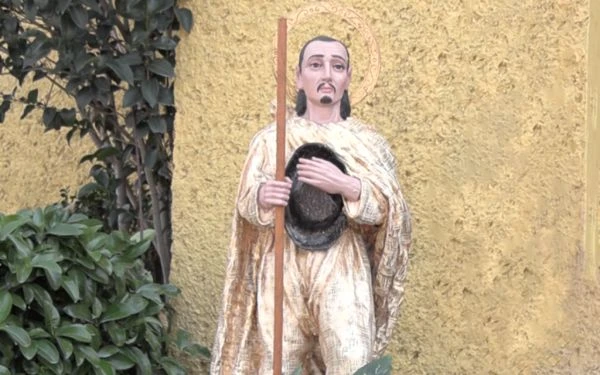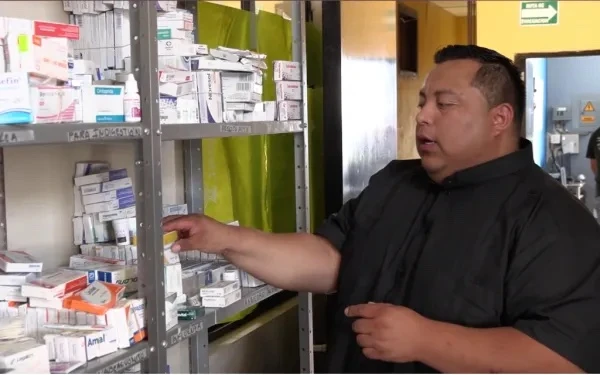
ACI Prensa Staff, Nov 2, 2023 / 18:18 pm
Alongside the tracks of the freight train known as “The Beast” in a strategic area of passage for those seeking to reach the United States is the St. Juan Diego Migrant House in the Diocese of Cuautitlán, located in Mexico state in central Mexico, which has become a refuge and a place of relief for those undertaking dangerous journeys in search of a better life.
Inspired by the figure of St. Juan Diego, who had an encounter with the Virgin of Guadalupe, the hostel is dedicated to providing humanitarian assistance to those who request it on their way.

One of the migrants who has received support at this shelter is Ender Francisco, a Venezuelan who told ACI Prensa, CNA’s Spanish-language news partner, that he fled his country due to the “repression of the government and other crime gangs” as well as the “lack of access to appropriate medical care” for his child who has a motor disability.
Accompanied by his wife and two children, he began the journey to the United States passing through various places, including the dangerous Darien jungle.
“The truth is, I thought [the way] would be a little easier, but the crossing is tough. What one experiences on the road is quite heartbreaking,” the father said.
The region known as the Darien Gap is a swampy, jungle area between Central America and South America that spans the territories of Panama and Colombia. It is considered one of the most dangerous migration routes in the world, where travelers can take up to 10 days to cross it. According to Panamanian officials, so far in 2023, more than 400,000 people have crossed this region.
“I would give this advice to people: Don’t take that route, because it’s very risky. … Everything I walked through in Darien, the things you see, the mountains, is something beyond what you can explain,” Francisco said.
After his journey, he expressed his gratitude for the assistance provided at the migrant hostel: “Among everything that one has been experiencing, the truth is that the Migrant House is a relief.”
“The journey is very heartbreaking all along the way. My oldest son has a motor disability and doesn’t walk. I carried him on my back and the truth is that it’s quite hard. The part that has been a big relief is getting here,” he commented.
This shelter is run by Father Antonio Wilbaldo Silva Cortés, who shared with ACI Prensa that the shelter’s goal is to have a “place to comprehensively care for our migrant brothers, emphasizing human dignity.”

According to the priest, a variety of essential services are provided to migrants there, including food, clothing, legal services, psychological support, medical assistance, and spiritual support. They are also helped with the procedures to transit through Mexico and, in the cases of those who wish to return to their countries of origin, they facilitate voluntary returns.
Despite space limitations at the hostel, designed to provide for 80 people a day, the priest says they have welcomed more than 200 people and provide not only shelter from the elements but also assistance to those who do not wish to spend the night but require food and clothing.
Silva said that the association of the hostel with St. Juan Diego, a native of the Diocese of Cuautitlán, is due to the fact that the seer of the Virgin of Guadalupe was also a pilgrim.
“He was on a pilgrimage from Cuautitlán to Tlatelolco, so we identify him as a pilgrim. Our migrant brothers are doing the same thing that Juan Diego did, seeking a more decent life for themselves and their families,” he explained.
St. Juan Diego was the Indigenous person to whom the Virgin of Guadalupe appeared on Dec. 9–12, 1531, and whom she asked to intercede with the first bishop of Mexico, Friar Juan de Zumárraga, for a church to be built at the foot of Tepeyac Hill.
This story was first published by ACI Prensa, CNA’s Spanish-language news partner. It has been translated and adapted by CNA.
If you value the news and views Catholic World Report provides, please consider donating to support our efforts. Your contribution will help us continue to make CWR available to all readers worldwide for free, without a subscription. Thank you for your generosity!
Click here for more information on donating to CWR. Click here to sign up for our newsletter.




Leave a Reply